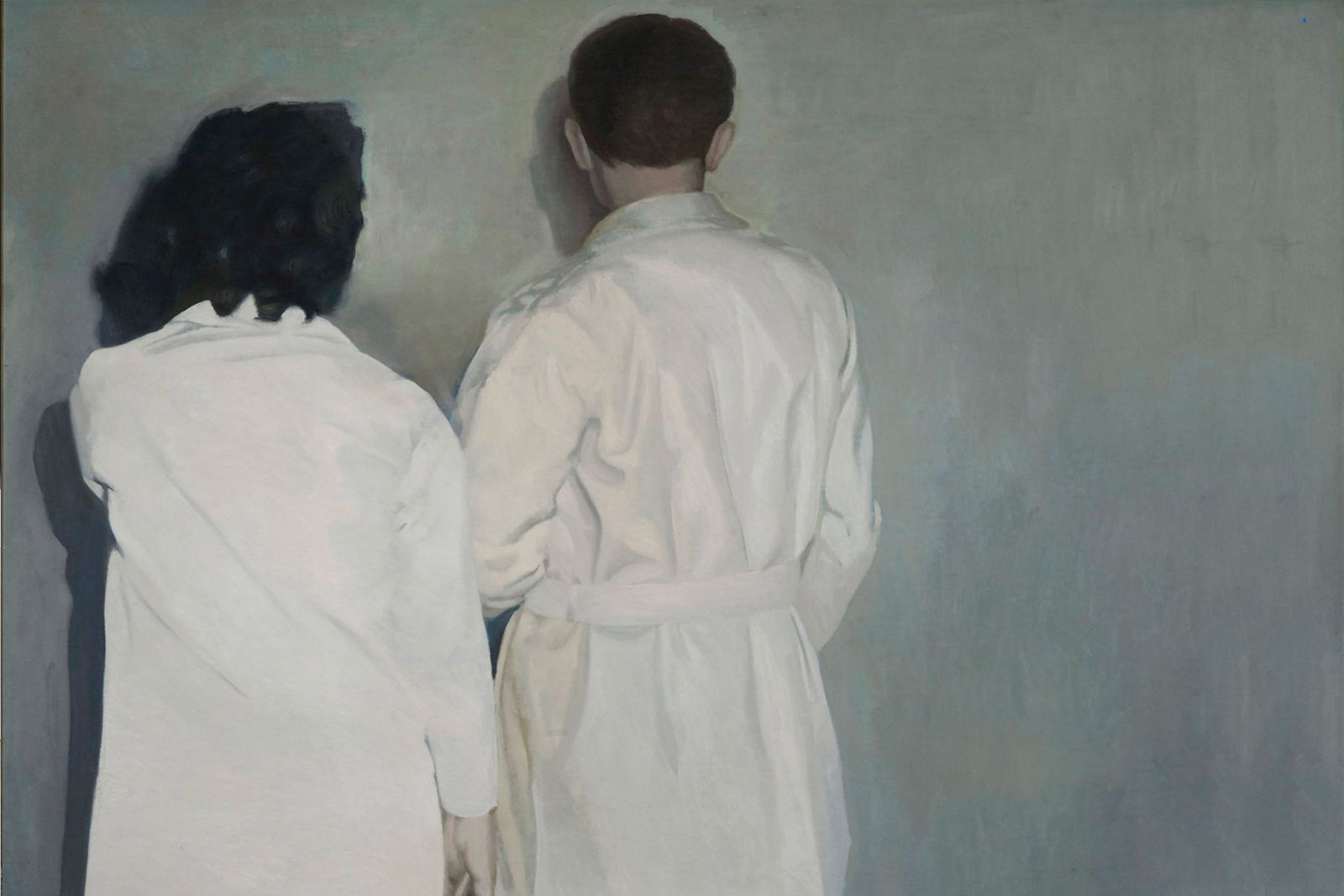Three years ago, the Bilbao Fine Arts Museum and the University of Navarra Museum presented, in co-production, what was the first retrospective dedicated to Isabel Baquedano, a painter who died in 2018 and was the creator of one of the most unique trajectories in the scope of this discipline in Spain in the second half of the last century.
Promoter of the School of Pamplona in the sixties, her regular exhibitions in Madrid and the Basque Country earned her recognition while she was alive from specialized critics, but she never wanted to come close to popularity and chose not to sign or date her works. , a distance sought from the notoriety that rowed in favor of his essential exercise of painting and partly explains the lack of knowledge of his production among a wide public.
This spring it will be the Guillermo de Osma Gallery that will once again bring his work to the capital from May 17, it will host “The Color of Dreaming”, a compendium of forty works, including paintings and drawings, which will be structured into thematic groups. dedicated to pop subjects, waiters and jugglers, still lifes and religious scenes, the latter of a symbolist look, although they maintain common formal traits to their circus characters. In fact, each one addresses a specific issue intended to convey the Christian message by associating it with current events.
Born in Mendavia in 1929, Baquedano trained at the School of Arts and Crafts in Zaragoza and at the San Fernando School of Fine Arts in Madrid, and obtained in 1957 by competitive examination the post of Professor of Drawing and Modeling at the School of Arts in Pamplona. , where, until 1988, he carried out intense teaching work that would contribute to imbuing the new generations of artists with modern directions.
His first works are framed in a realistic figuration, under the influence of Antonio López, but he remained attentive to Pop Art in its heyday. After endowing some of her images with a powerful social component, she evolved to pose compositions with a symbolic background, urban landscapes and daily and autobiographical scenes that would gradually give way to themes and tones taken from the classical world or the aforementioned sacred history; she was a deeply religious Baquedano.
She is also conscientious: her professional colleagues say that she erased over and over again as she worked, trying to achieve a genuine sense of the creation that she identified with the greatest possible sobriety, materially and conceptually.
A good connoisseur of art history, she would have among her references authors from the Quattrocento such as Piero della Francesca , but also other contemporaries such as Hopper, with whom he shared his interest in capturing the daily loneliness of the individual of our time.
She, too, was no stranger to movements such as post-cubism, informalism, new figuration, expressionism or social realism, sifting her features from a personal style and habitually adopting small formats. Apparently humble and refined in the stylistic and expressive, the work of the Navarrese stands out for its technical skill but, even more, for situating the viewer before enigmas that transcend the visible and the temporal.
In this intellectual effort, still lifes served as a relative rest: painted from life, they were frequent at the beginning of his career and, through them, he proposed very particular visions of reality. In most cases, these are small light-filled pieces, often inspired by photographs, which he executed in two or three sittings as if the scenes and fruits had been fixed on the canvas in the instant immediately before his decline. . He also used to use graphite to shape objects, before synthesizing them on canvas with precision and finishing them with color.






